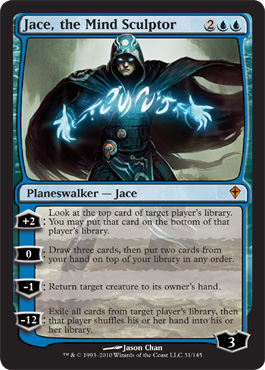One of the reasons I love TCGs (trading card games) so much is because of its often complex and commoditized nature.
I love how the different cards all hold different values. It really encourages active and constant analysis and assessment of the cards you own.
And the best part is, I find myself reaching out to trade and swap cards that don’t fit my decks, for stuff I really need.
(Ironically, it’s the “stock market” trait that dissuades some people from sticking to TCGs – but as they say, I’ll leave that for another blog post
Now, the basic common trait for all TCGs is that not all cards are created equal. Some will always be better, simply because of added functionality and usefulness, greater scarcity and so forth.
How does one then, get ahead of the curve, and score better cards in the long run?
Asides from having a wide network of people to trade with (gives you more choices), there are still some solid rules you can fall back on.
I personally find that pre-release events often get you the highest pricing for the new cards, and naturally, the best trades. Everyone is seeing the cards in their own hands for the first time, so believe me, plenty of people just want to own a lot of the new stuff.
Unloading cards freshly opened from the latest sets launched in prereleases is a bit of a calculated gamble if I may add, as new decks are in the midst of being created. So the value of some of the cards, might go up.
But if you take into account of the fact that most of the cards actually drop in value, overall, you should still break even at the very least (or perhaps, if you’re lucky enough, come out ahead).
Scoring the five-star cards
What about the really primo cards? In Magic the Gathering, that would be the Blue wunder-kid, Jace, the Mind Sculptor (http://bit.ly/erVjHz).
The big problem with Jace is, as superb as he is (he’s an automatic four-of in almost all Blue decks), he is a Mythic rare (at least three times rarer than regular rares). Worse yet, he was only found in Worldwake, which for a lot of players, proved to be a pretty underwhelming expansion set.
Worldwake didn’t incentivize guys like me to crack packs, unlike Zendikar. The latter had good, solid fetchlands, which are clear winners in the value department. Worldwake had, well, Jace, plus a handful of usable stuff (the dual lands were not too shabby, but not incredibly valuable).
Mananation.com’s “Fungibility, Mythics and Trading” by Sean Morgan recently paints useful scenarios for us TCG traders to consider, when trading for the especially primo stuff.
It’s actually part two of his pretty impressively elaborate explanation on the basics of trading, for the intermediate Joes like us.
Read it here (http://bit.ly/ePgTT5). The most important things to take note are, his tips on how one can maximize their existing trading pool.
What do you guys think? What is the most useful trading tips you would dispense yourself?
Do tweet me at www.twitter.com/arcturus_mengsk or leave me feedback below!




Tell us what you think!